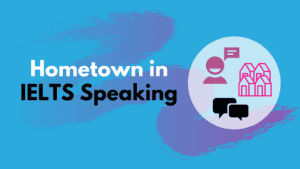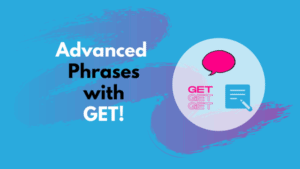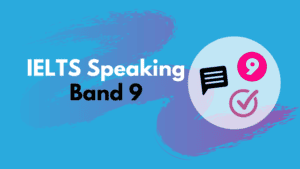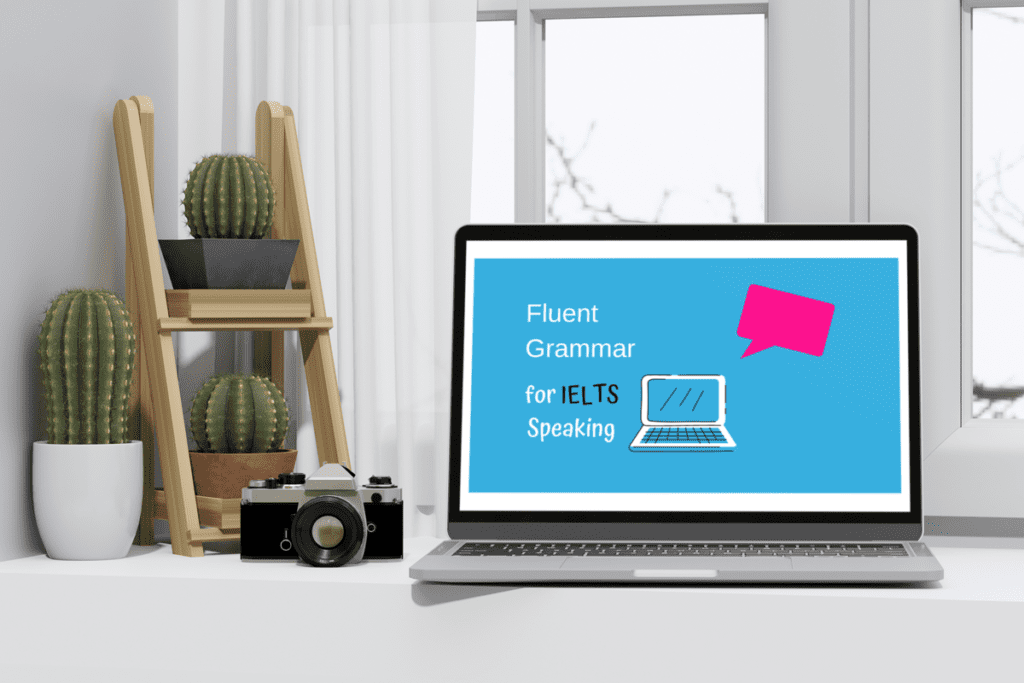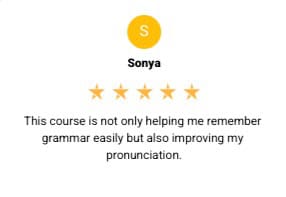Understand Native English Speakers: Advanced Listening Skills
👇 Take this lesson with you! 👇
Table of Contents
If you want to understand native English speakers, then you need to understand several important aspects of spoken English.
In this lesson I will tell you possibly the most important factor, and how to master it so you can follow native English speakers and understand ‘Fast English’.
Key areas to understand spoken English
First of all, there is no quick fix to understanding native English speakers; sorry, but you need to practice listening lots.
What’s important is that you use different strategies when you listen. For example, practice listening to the following key phonological areas;
The links above will help you with these areas.
But these are not enough. In addition to these, you need one extra thing, and this is something most teachers don’t tell you.
That is to change your mindset from trying to understand individual words to focussing on chunks.
Let me explain what chunks are, and also tell you are some key chunks you should focus on when listening to native English speakers.
What are chunks in English?
A chunk is group of words that are commonly used together. For example,
- A cup of tea /ə’kʌpə’ti:/
When you write English you have to learn 4 words, a-cup-of-tea, but when listen and speak you should only learn one sound.
Chunks are best learned as a single unit. They have a single sound. They can include grammar, collocations and even idioms.
Here is an idiom chunk, and this one means something is easy.
- A piece of cake /ə’pi:sə’keɪk/
This problem’s a piece of cake
This homework’s a piece of cake
Common grammatical chunks
Let’s look at some simple grammatical chunks. I am sure you will know the grammar – but you may not be used to hearing the sound.
1. Do you like ___?
Do you like cats?
Do you like dogs?
Do you like Picasso?
2. Would you like to ____?
Would you like to come?
Would you like to help me?
3. There are lots of _____
There are lots of people here
There are lots of cars on the road
4. I’m going to ___
I’m going to go home
I’m going to have a cup of tea
5. I used to _____
I used to smoke, but I’ve quit
I used to like it, but not anymore
6. She has been ____
She’s been on holiday
She’s been away
She’s been ill
7. Have you ever ___?
Have you ever been to London?
Have you ever met him before?
8. I would have ____
I would have helped, but I was busy
I would have gone, but I had no money
Listening to chunks in context
The Museum Visit
Maria and Fatima were walking around the Botin museum in Santander.
“Do you like Picasso or Van Gogh?” asked Maria. Fatima said she actually liked both.
“Would you like to come to the first floor with me,” asked Maria, “there are lots of amazing Picasso paintings there. I’m going to go up there right now.”
“Actually I’ll pass,” said Fatima. She used to love visiting museums, but nowadays she found it quite tiring. After a while, all the paintings seemed to be the same. So, she went for a cup of tea.
Some twenty minutes later, Maria joined her at the café.
“I would’ve got you a coffee, but I didn’t know how long you would be!” said Fatima apologetically. “Don’t worry, I would’ve got here sooner, but I couldn’t tear myself away from the paintings,” replied Maria.
They sat down and began to discuss art together, “Have you ever been to the Prado museum in Madrid?” asked Fatima. “There are lots of great Picassos there too.”
“I was going to go with my girlfriend, but she’s been too busy recently. It’s a piece of cake for me to get time off work, but not for her. But I would like to go sometime.” said Maria.
“Yes, you must go, it’s amazing.”
After discussing more paintings, they both finally finished their coffees and headed out into the street, feeling refreshed and delighted to have had a nice cultural morning together.

Tips for practicing listening skills
1. Practice listening without images, video or text.
Sometimes when you listen, only listen to the sound! Don’t have images, video or text to help you. Having only the sound forces you to directly create meaning from sound, not always relying on written words or body language to give you the meaning.
2. Relax and trust your feeling for English
If you relax, trust yourself and follow the flow when you listen, you will probably understand more. Nerves make it harder to understand. Be open, relaxed and confident, and you will understand more.
Conclusion
The truth is focussing on chunks helps you understand spoken English, especially native English speakers, more easily and will actually help you speak more fluently.
This is exactly what I do in my Fluent Grammar course. It focusses on hearing and producing grammatical chunks of English so you can improve your listening skills, and also your fluency.
Improve your Speaking Skills with this Free Course
Crack IELTS Speaking Part 1
Learn to Speak with Confidence in Part 1 of Your IELTS Test!
⭐️⭐️⭐️⭐️⭐️
‘It’s such a great course. I’ve learned so many usages for speaking part 1.’
Zu Htet

